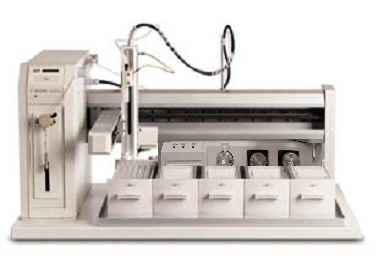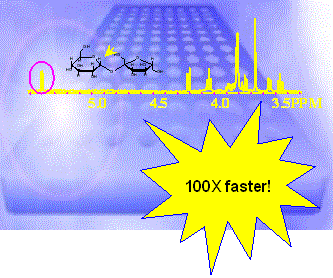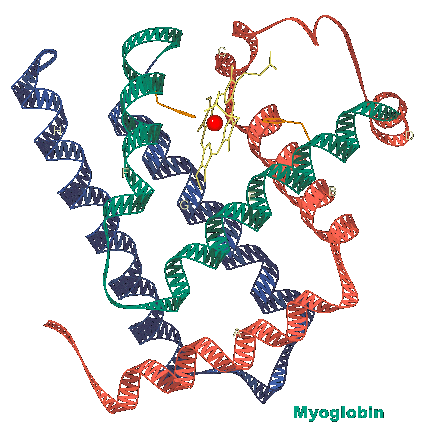Now that MicroFlow NMR lets you acquire spectra with a small amount of material in a small amount of time, you can use NMR as a high throughput screening tool alongside mass spectrometry. As targets gleaned from genomics efforts are increasingly considered, there will be more situations where function and structure are unknown or poorly understood. In the absence of existing functional assays, rapid NMR methods that characterize binding will increase in importance as a substitute for primary or secondary assays. If a compound binds tightly and specifically, it has good prospects as drug--binding becomes a proxy for pharmacological effect. The availability of rapid and robust NMR Ligand Binding Assays will serve as a useful secondary screen to verify and provide more detailed information compared to established assay techniques.
Supported Operations
- Loading of Targets and Leads
- Low Dead Volume Mixing
Supported Studies
- Protein-Ligand Binding with NMR
- Binding Constant Determination


